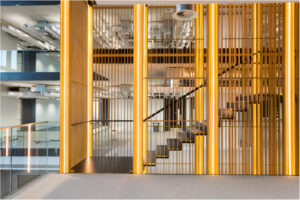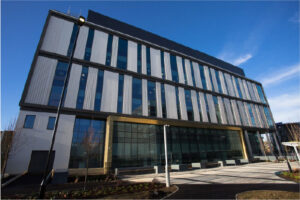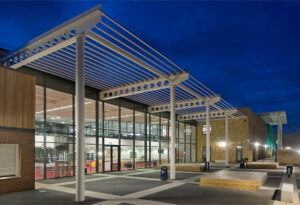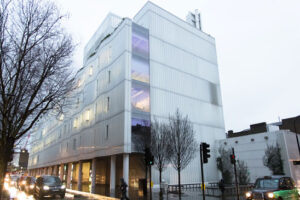
Digital Innovation
Data Analytics
Successful project management in the built environment requires effective data collation, analysis, and presentation. Our analysts use their exploratory skills to ensure the relevant data is collected from various sources. We cleanse and process the data to present it in a user-friendly format that identifies trends and draws conclusions for effective decision-making. Data patterns also inform risk management strategies for the project. Our aim is to provide insightful data analysis to help clients make informed decisions throughout the project lifecycle, and ultimately, achieve successful project outcomes.
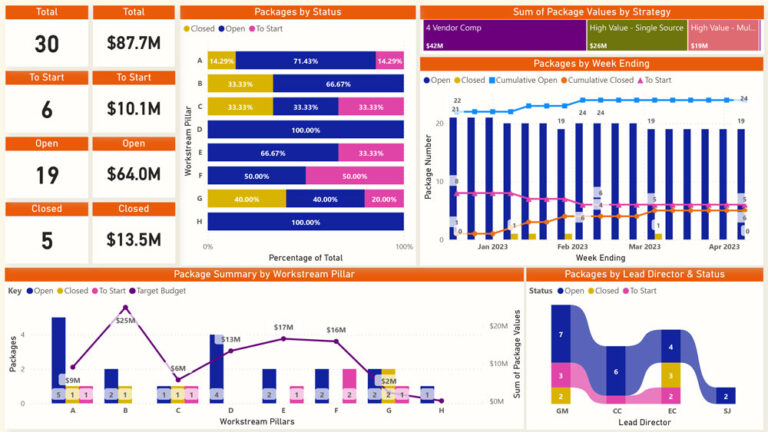
Data Analytics

Successful project management in the built environment requires effective data collation, analysis, and presentation. Our analysts use their exploratory skills to ensure the relevant data is collected from various sources. We cleanse and process the data to present it in a user-friendly format that identifies trends and draws conclusions for effective decision-making. Data patterns also inform risk management strategies for the project. Our aim is to provide insightful data analysis to help clients make informed decisions throughout the project lifecycle, and ultimately, achieve successful project outcomes.
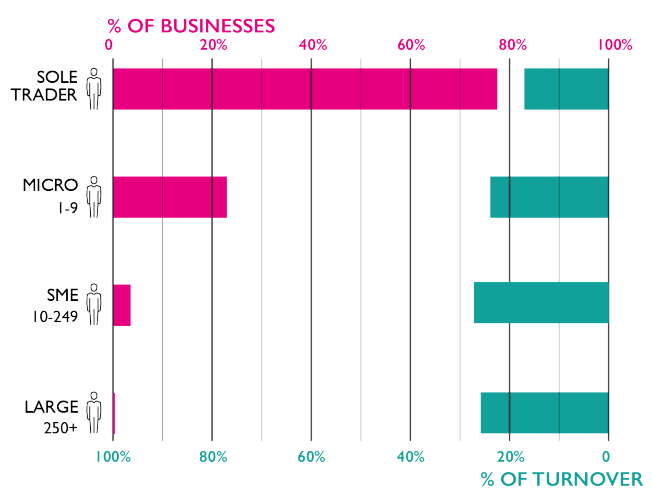
Data Visualisation
To assist our project teams decipher the datasets we use data visualisation software to present the data trends. We can provide this service at a project schedule level or at an enterprise programme level. Once the data visualisation dashboards are established, the data will be automatically populated in alignment with the regularised project reporting cycle.
Data Visualisation

To assist our project teams decipher the datasets we use data visualisation software to present the data trends. We can provide this service at a project schedule level or at an enterprise programme level. Once the data visualisation dashboards are established, the data will be automatically populated in alignment with the regularised project reporting cycle.
Digital Photographic Recording
As part of our suite of digital services, we utilise 360-degree photography to monitor our live projects. The use of 360-degree photography enables the whole team to view the current status of the project from a cloud-based platform solution without the requirement to visit the project. This offers all stakeholders full access to the progress photography. A digital catalogue of photographic data has many uses including the identification of schedule trends, quality control, cost control and substantiation for the support of dispute resolution.

Digital Photographic Recording

As part of our suite of digital services, we utilise 360-degree photography to monitor our live projects. The use of 360-degree photography enables the whole team to view the current status of the project from a cloud-based platform solution without the requirement to visit the project. This offers all stakeholders full access to the progress photography. A digital catalogue of photographic data has many uses including the identification of schedule trends, quality control, cost control and substantiation for the support of dispute resolution.
